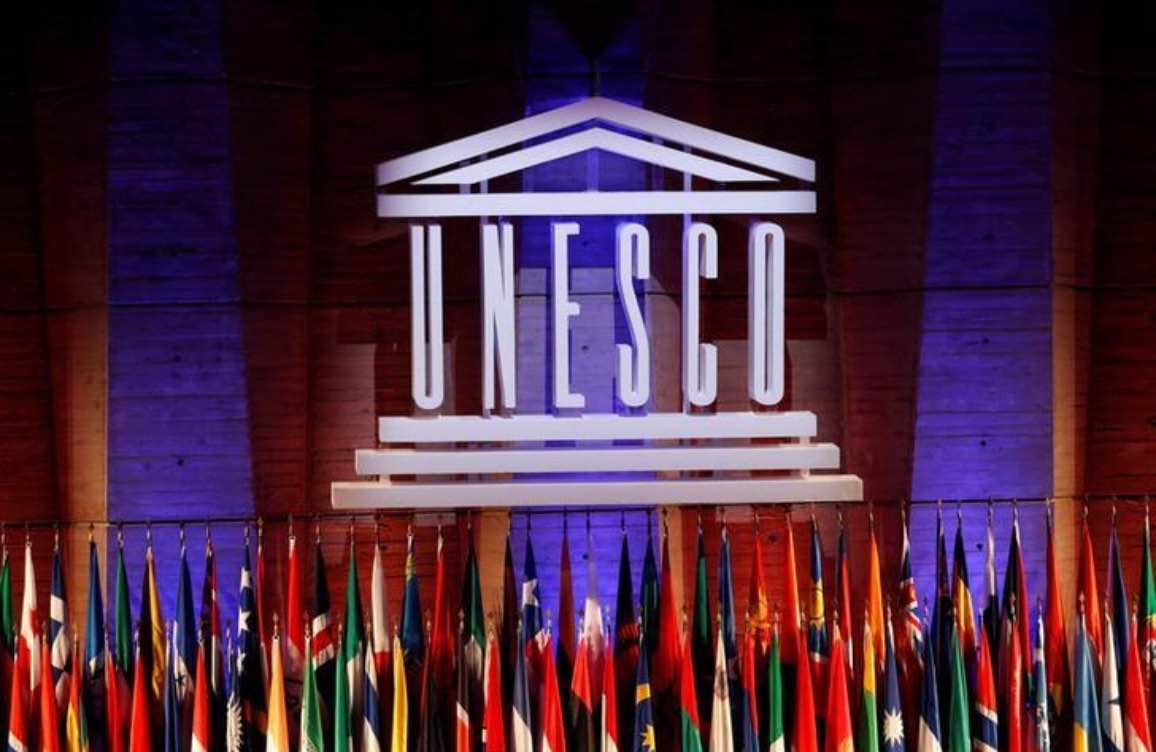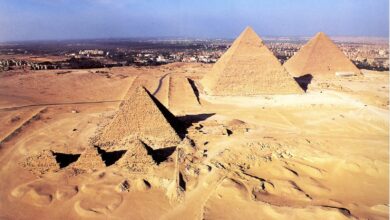The flaws of the Corridor of Development, a project initiated by scientist Farouk El-Baz to develop the Western Desert to redistribute Egypt's population and create industry and agriculture, are now obvious to the entire local scientific community, which has criticized its lack of feasibility and realism.
The conclusion reached after intense discussion is that Egypt does not need gigantic national projects for its development, but rather small to medium scale initiatives in all fields (agriculture, industry, tourism and so on) that would be integrated into a broader scheme gradually.
The recent scientific bashing of the Corridor of Development and rejection of gigantic projects per se has not deterred real estate developer Mansour Amer – behind the resorts of Porto Sokhna and Porto Marina – from recently presenting on a TV show his “Map of Hope,” a project he claims will solve all the country’s problems.
Among the most noteworthy points he develops is a proposal to redeploy a large amount of Egypt's population to the desert, as well as his intention to redefine the borders of its governorates; increase hotels and touristic facilities by 100 percent; transform Sharm el-Sheikh into a large free-trade zone; develop Egypt into the world’s leading fish producer; develop industrial zones; and introduce large-scale drip irrigation to reclaim millions of acres of desert.
Fikri Hassan, a well-respected archaeologist and geologist, read Amer's “Map of Hope” booklet closely, and what struck him immediately is the lack of integration of the diverse ideas presented, and the fact that there is no mention of the various phases of the Map of Hope.
“This is not a project, this is a collection of ideas, some good and some unrealistic and dissociated from reality,” he says. “Mansour Amer is neither a scientist nor a planner, he is just a businessman, and although he claims that the Map of Hope is his 'gift' to the Egyptian people, we can’t help but wonder what his real motives are and to what extent they are disinterested.”
Grand scale projects like this one are often presented to the government, and they all share the same unrealistic approach free of clear priorities and objectives.
Hassan, although he agrees that strong measures should be taken to relieve the Nile Valley and expand the possibilities of settlement for the fast growing Egyptian population, says the reality is that the desert could accommodate a maximum of four million people, because there is a terrible lack of energy and water sources.
Unfortunately, the most optimistic estimate of population growth for the next 40 years shows that it will double to 160 million.
On another note, Hassan strongly criticizes Amer’s proposal to create ten-acre circular strips dedicated to industrial activity around 4,500 villages all over Egypt. “Most of the villages are located on the Nile Valley, on fertile agricultural lands which would automatically be destroyed by industrial activities – this is a heresy and it clearly shows that Mansour Amer knows nothing about development.”
Hassan is less revolted by Amer’s intention to redraw the borders of Egypt’s 27 governorates. He explains that the government originally divided the governorates on the basis of the Nile Valley, with a very limited portion of desert included in most of them. “But what we are witnessing today is an expansion of agriculture in the desert through land reclamation, so larger chunks of desert land should be included in various governorates.”
Ideally, he explains, these boundaries should be redefined to include more desert land in the governorates through taking into consideration the natural barriers and existing mineral resources to develop industry. “But we need to be realistic: until the two major problems that plague Egypt – water and energy resources – are solved, no grand project can happen.”
Solar thermal stations to produce both energy and water
Mohamed Adel Yehia, professor of geology at Ain Shams University and chairperson of the National Authority for Remote Sensing and Space Science (NARSS), explains that all development projects in Egypt, no matter where they happen and on what scale, are constantly faced with this double challenge of water and electricity resources.
In Egypt, groundwater resources are already extremely limited and by 2050 up to 140 million cubic meters of water per year will be needed to supply the demands of agriculture, industry and the vast population.
This is why he says “the Map of Hope is not a project, because it does not bring a solution to Egypt’s resources problems: water and energy.”
Although it is now widely accepted in the local scientific community that solar is the solution to Egypt’s looming energy crisis – particularly thermal energy, which is cheaper and produces a lot of energy – the high initial cost for this type of renewable energy is slowing the process down.
“Amer should invest in thermal solar stations first if he wants to present a realistic project of development to the Egyptian people in the future,” Yehia says.
According to Yehia, the government is currently in discussions with the German Desertec Industrial Initiative (Dii), a non-profit foundation that aims to supply the MENA region and Europe with solar and wind power from the desert.
Yehia says that thermal stations would not only bring Egypt unlimited energy supplies, but would also solve the country’s water scarcity.
“The system is very simple,” he explains enthusiastically. “Salty water is extracted from the sea, and then placed in tubes where the water evaporates and transforms in vapor that becomes electricity. Then the water can be condensed again and become proper for consumption.”
Yehia is adamant that the North Africa zone could provide up to 632,000 terawatts of electricity through thermal solar stations. He says it has been calculated that Egypt would only need 5050 terawatts of energy per year in 2050 to function properly, while Europe would is expected to consume 4000 terawatts thanks to the continent’s other sources of energy.
“A station in Egypt would create 9000 terawatts of electricity!” exclaims Yehia, pointing out that this production would largely cover the energy needs of Egypt and Europe and ensure Egypt's water self-sufficiency.
With a witty smile, he concludes: “If Mansour Amer wants to invest in solar energy and solve our problems, then I will believe in the Map of Hope and encourage him!”




